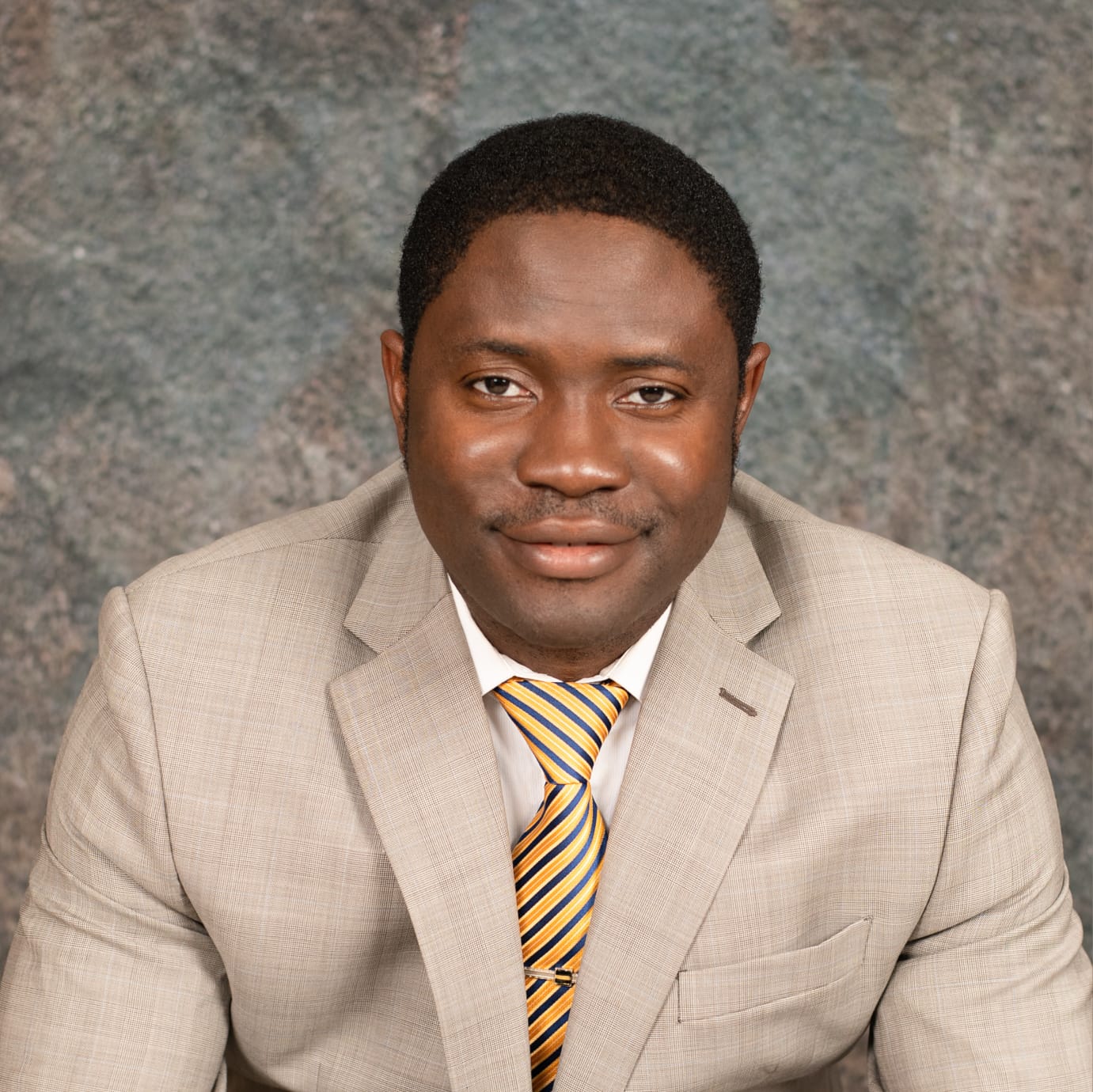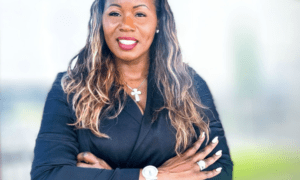In an era of digital transformation where safety, sustainability, and performance converge, Olushola (Shola) Ayorinde stands out as a defining voice in the global oil and gas sector. A seasoned process engineer and project leader with over 13 years of experience, Ayorinde is co-author of a pioneering study published in the International Journal of Multidisciplinary Research and Growth Evaluation titled “A Conceptual Model for Predictive Asset Integrity Management Using Data Analytics to Enhance Maintenance and Reliability in Oil & Gas Operations.” The research proposes a groundbreaking model that may forever change how the industry approaches equipment maintenance and operational reliability.
From Corpus Christi to Bonny Island and beyond, Ayorinde’s expertise spans continents, drawing from technical fieldwork in Nigeria to high-profile engineering roles at BHP Engineering & Construction and Cheniere Energy in the United States.
At the heart of the article is a compelling solution to a pressing industry problem: aging infrastructure and outdated maintenance systems that have historically resulted in catastrophic losses. The predictive Asset Integrity Management (AIM) model developed by Ayorinde and his team introduces a real-time, data-driven maintenance strategy using Internet of Things (IoT) sensors, digital twins, and machine learning algorithms.

Olushola (Shola) Ayorinde
Unlike traditional reactive or even preventive maintenance approaches, the proposed predictive AIM reduces downtime by over 50% and cuts maintenance costs by up to 30%, according to cited case studies. It leverages real-time condition monitoring and AI-powered risk models to forecast asset failures before they occur, transforming safety, compliance, and cost-efficiency in environments where failure can mean fatal accidents or environmental disasters.
Born and educated initially in Nigeria, Ayorinde earned his Bachelor of Technology degree in Chemical Engineering from LAUTECH and a Master of Engineering degree in Process Engineering from the University of Lagos, alongside certifications in process control from the University of Kansas. His professional registrations include a P.Eng license in Alberta, Canada, and one in view in Texas, USA.
His hands-on expertise in simulation software like Aspen HYSYS, Promax, and VMGSim, combined with his leadership on LNG optimization, refinery expansion, and cryogenic processing projects, has made him a go-to figure for complex process system design and lifecycle asset management. As Project Engineer at Cheniere Energy, he oversaw multi-million-dollar LNG infrastructure upgrades and provided technical direction for 10–15 concurrent projects.
The conceptual model Ayorinde developed is not just theoretical. It provides a practical blueprint with five core steps: data collection via IoT and sensors; data preprocessing for consistency; predictive analytics using AI and machine learning; actionable insight generation for early interventions; and optimized maintenance scheduling to minimize failures and reduce operational costs.
According to the article, over 70% of oil and gas operators still rely on outdated preventive schedules that may result in either unnecessary interventions or overlooked failure risks. Ayorinde’s model provides a path to smarter, leaner, and more sustainable asset integrity management, cutting emergency repair costs and avoiding regulatory penalties.
Environmental and safety compliance is another strong suit. Real-time monitoring enables early detection of corrosion and fatigue in pipelines, preventing leaks, explosions, and oil spills. In a sector under growing pressure to align with climate targets, predictive AIM can also reduce energy waste and carbon emissions, contributing to lower operational footprints.
Olushola Ayorinde’s journey is also a story of global impact. His research is shaped by his time at BHP Africa Engineering in Lagos, where he conducted feasibility studies and process upgrades on 25,000 bpd flow stations. In Calgary, Canada, he led digital twin development for NGL recovery and CO₂ capture plants. Now in the U.S., he leads complex LNG optimization strategies with international ramifications.
Industry insiders see him as a critical asset to both the private and public sectors. “Shola’s predictive AIM model is precisely what the oil and gas industry needs in the digital age,” said a senior executive at Cheniere. “His capacity to integrate engineering excellence with AI and business acumen is rare.”
As Industry 4.0 continues to reshape energy, Ayorinde’s predictive model will likely gain traction across upstream and midstream operations globally. His model is already being cited in multiple engineering journals and explored for implementation by mid-sized refineries in West Africa.
Olushola Ayorinde’s work is a powerful reminder of how young, talented engineers are shaping the future of energy sustainability, safety, and digital innovation, not just locally but globally.


































